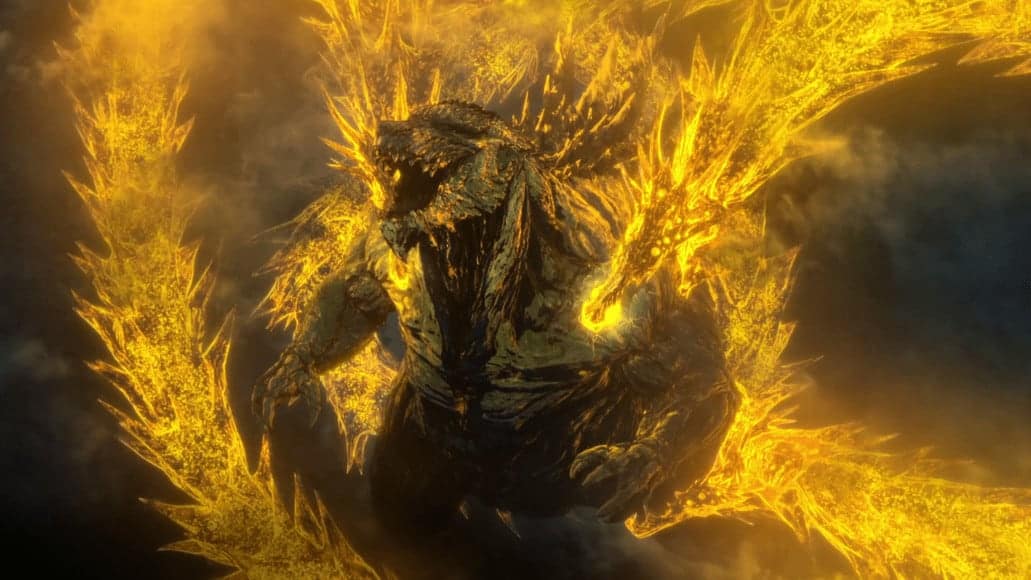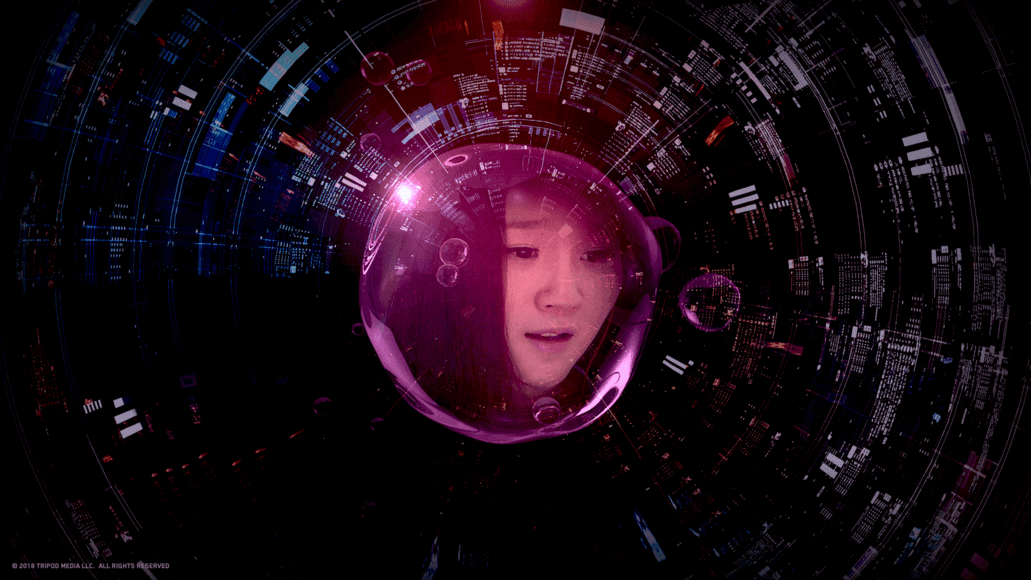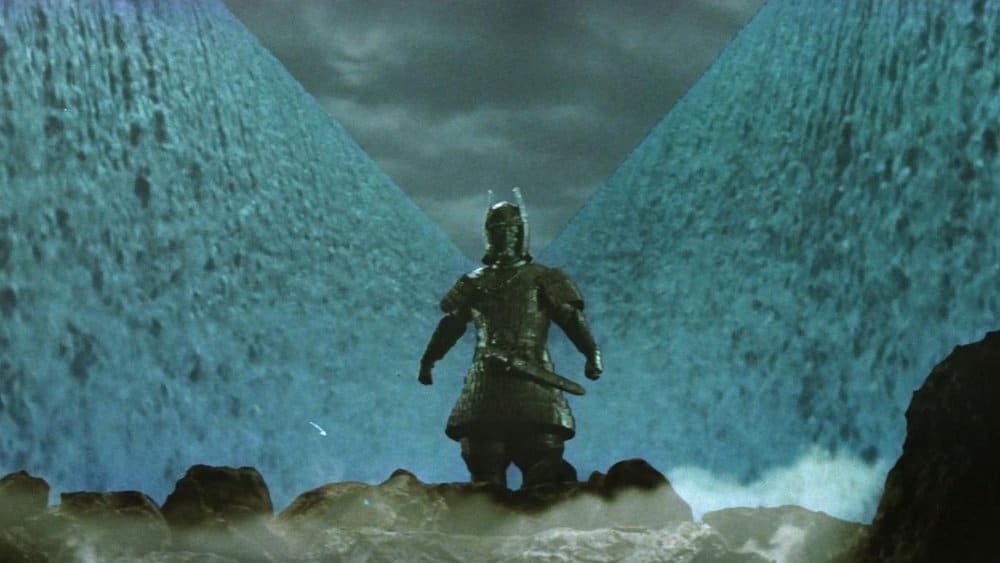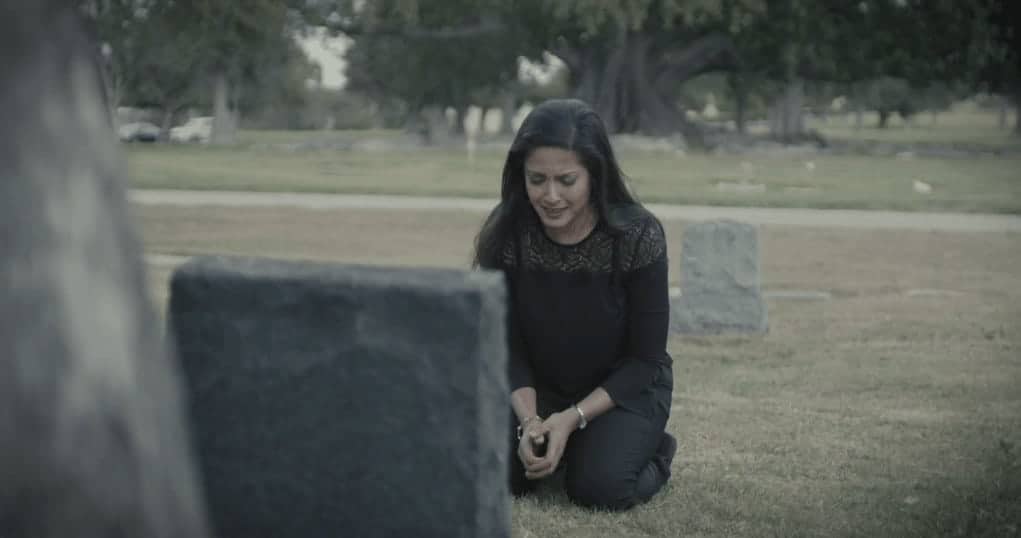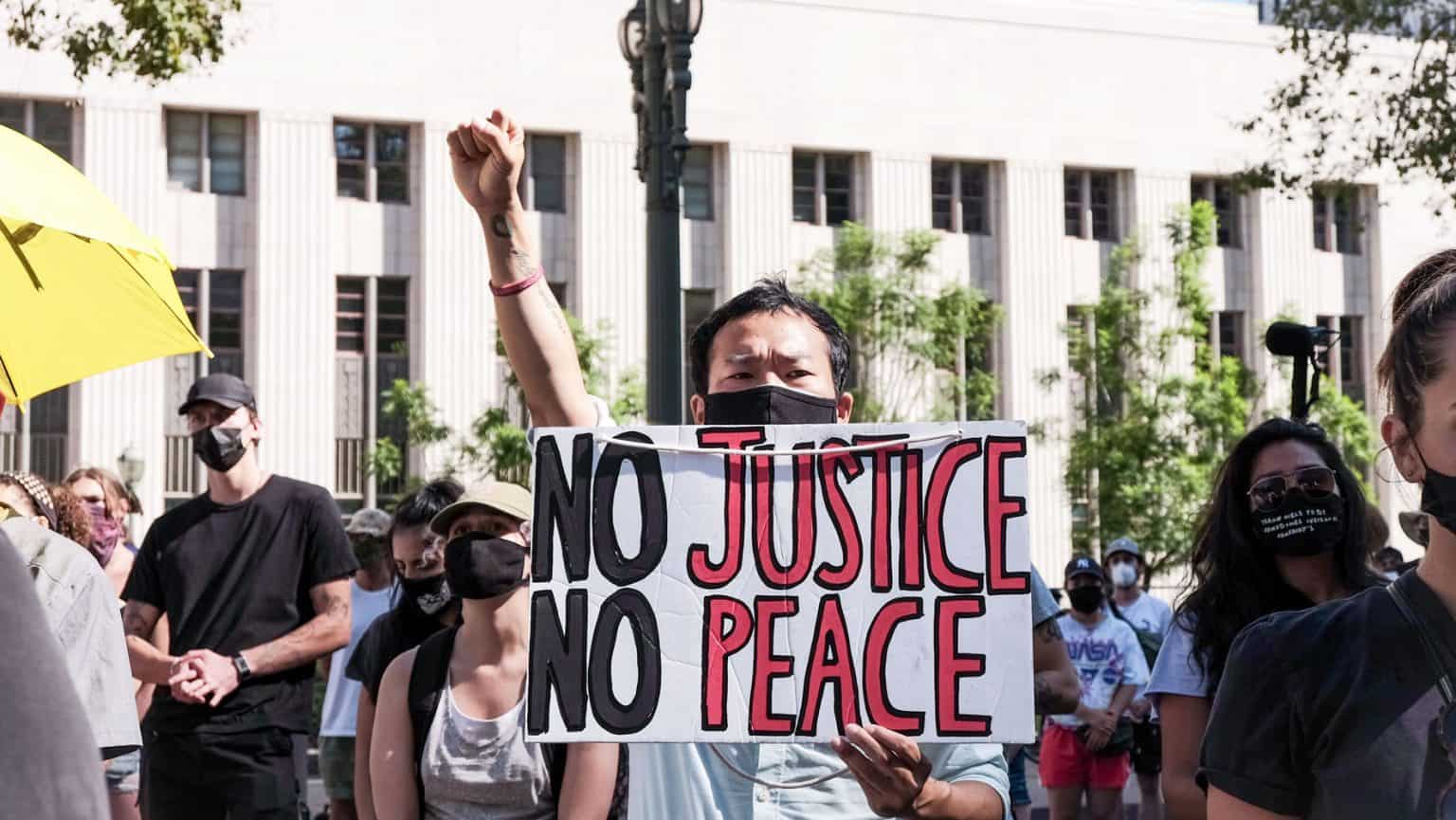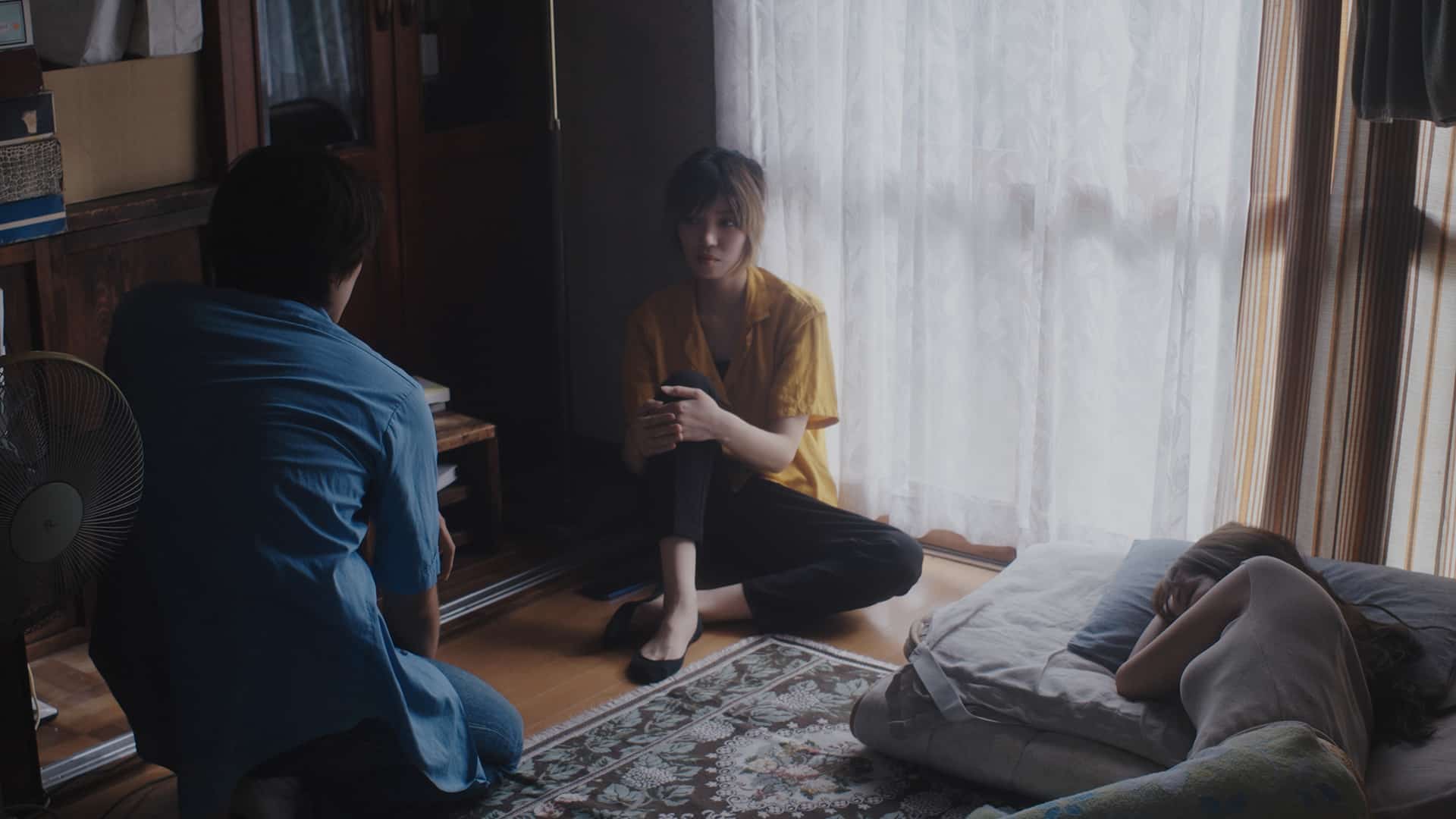In the road paved by the Koreans (Park Chan-wook, Bong Joon-ho, Kim Jee-woon) during the last decade, it was a matter of time before a Japanese director followed the same path, although Kiyoshi Kurosawa's film is not a Hollywood one, but an international production involving companies from France, Japan, and Belgium. Let us see if his effort was a “Snowpiercer” or a “Last Stand”.
Buy This Title
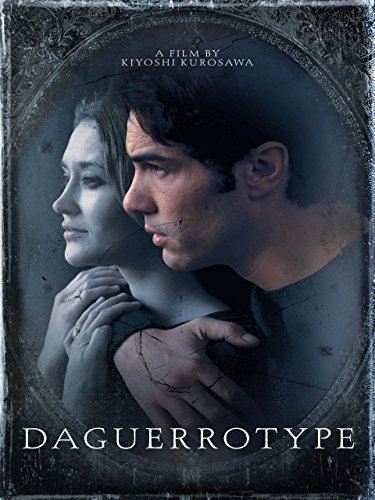
Stephane is a unique fashion photographer, who uses daguerreotype in his photo shoots in a secluded mansion in the suburbs of Paris, a very difficult process that demands from the model to stay completely still for more than an hour. The results, however, are remarkable, and Stephane is quite sought in the world of photography. On the other hand, he is a troubled man who is tormented by his wife's death, to the point that he tries endlessly to immortalize her by photographing his 22-year-old daughter in order to make portraits that look like the deceased. The girl accepts her father's eccentricity stoically, but everything changes when Jean, Stephane's new assistant, arrives at the mansion. As the two youths develop feelings for each other, Maria receives an offer to work in a botanical garden in Toulouse and a realtor “assigns” Jean to persuade his boss to sell the estate. Stephane, though, cannot allow any kind of change in his life.
Kiyoshi Kurosawa directs a film that is split into two parts, with a violent and somewhat obscure incident providing the dichotomy. The first part has the process of daguerreotype in its center, as the procedure and its consequences on the models, and particularly Marie, are depicted thoroughly, in a rather impressive fashion that is benefited the most by DP Alexis Kavyrchine's exquisite framing. Not much occurs during this part, with Kurosawa taking his time introducing his characters and the procedure, in a gothic setting provided by the mansion, and the impressive production design of Pascale Consigny and Sébastien Danos.
The artistry remains in the second part, but the movie takes a different turn towards the thriller, with the spectator slowly realizing that Kurosawa was actually “building” this aspect until the aforementioned incident. The Japanese is a master of slow terror, and this is another testament to the fact, as the supernatural comes into the fore, although not as usually implemented in horror films, but through his unique style, that involves the manifestation of the thoughts of the trouble minded. Stephane is the obvious instigator of this concept; however, something else also seems to lurk in the house, as Maria and Jean start feeling the pressure of having to persuade him to sell the house and to allow the former to leave and start her own life. Veronique Lang's editing implements this sense of disorientation regarding what is real and what fantasy in great fashion, although I felt that the movie could benefit from a bit tighter editing, since, at 132 minutes, it somewhat overextends itself, with a number of subplots that could have been avoided.
Tahar Rahim as Jean gives an impressive performance, as a working class youth who finds a chance at love and money and is willing to go to extremes in order to gain both. Constance Rousseau portrays the sensitive “doll,” whose character is shaped completely by the men around her, with her appearance and laconic performance helping the most in the portrayal of Marie. Olivier Gourmet as Stephane is great as a man lost, who tries desperately to retain his sanity through his art, but fails more and more, as time passes.
“Daguerreotype” is a film that manages to implement Kurosawa's virtues in a European setting quite convincingly, in a style that reminded me much of Park Chan-wook's “Stoker.” The movie has some faults, but in general, is a very entertaining spectacle that benefits the most from the direction, the acting and its production values.




